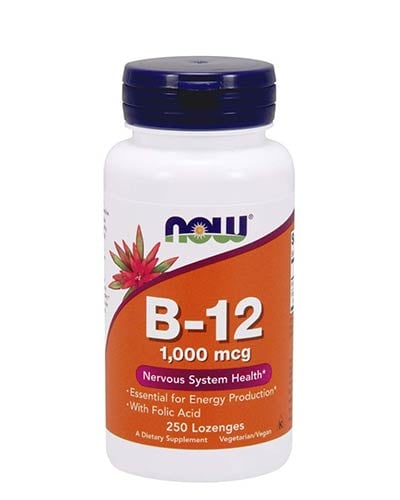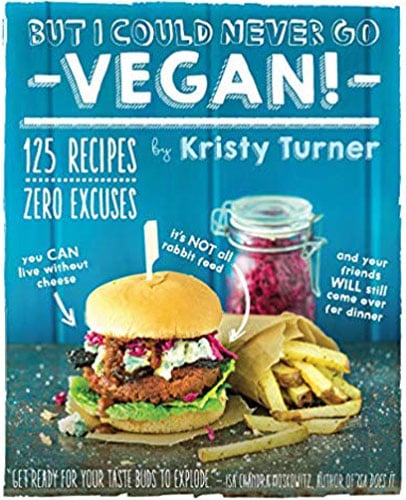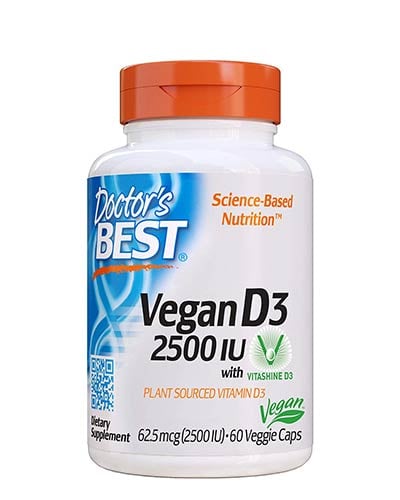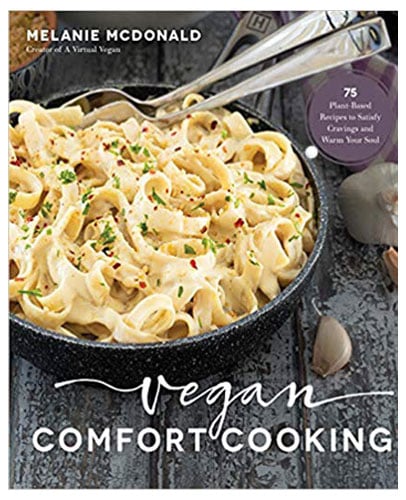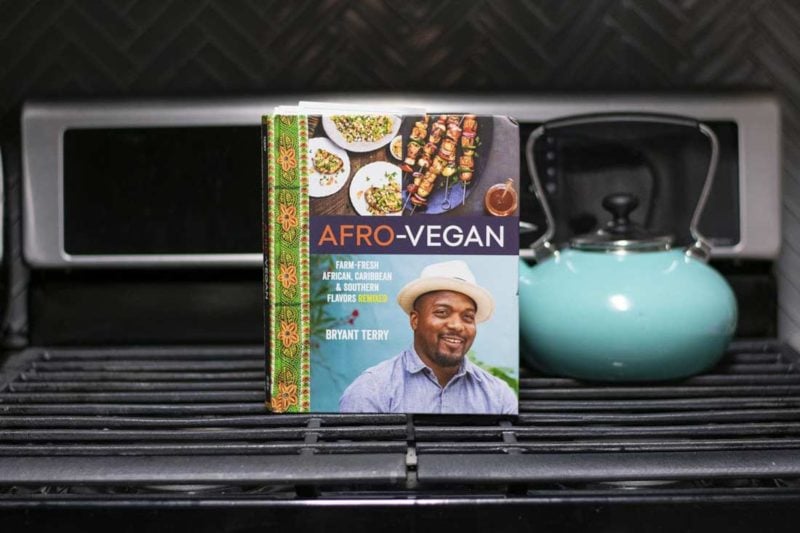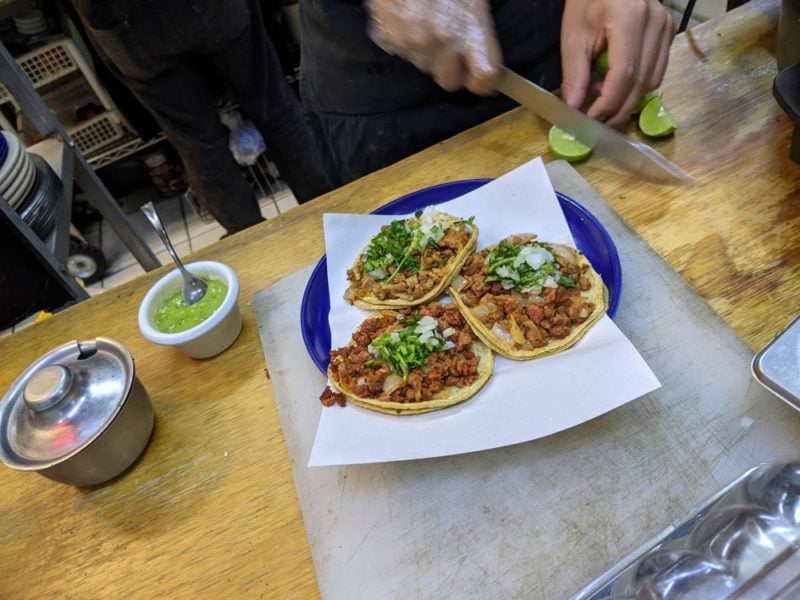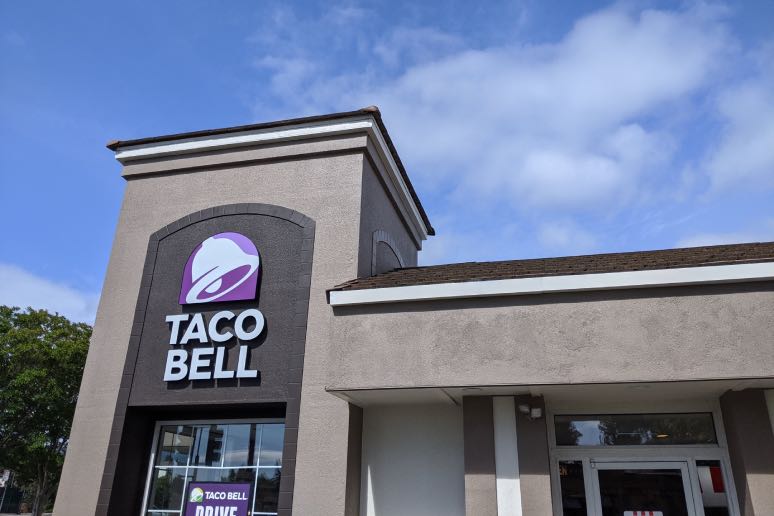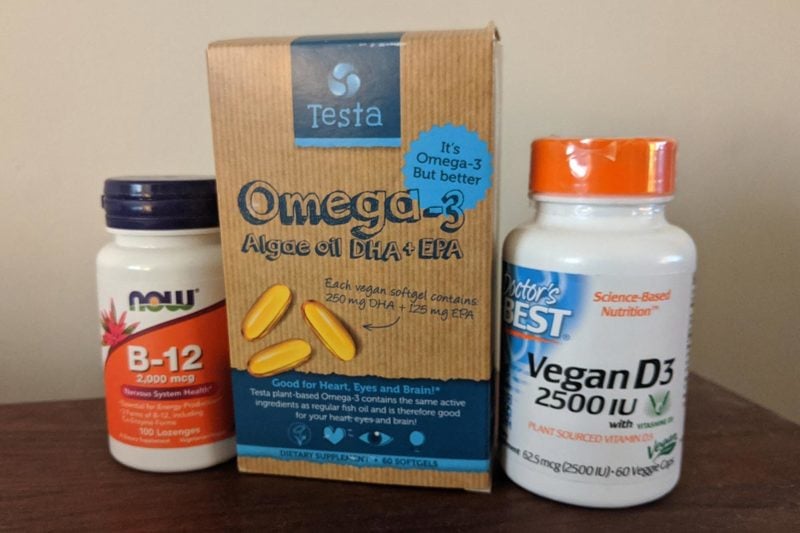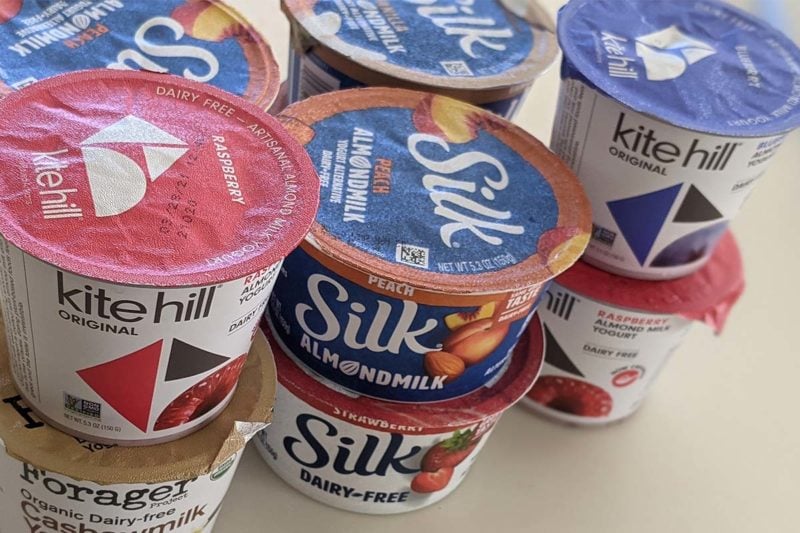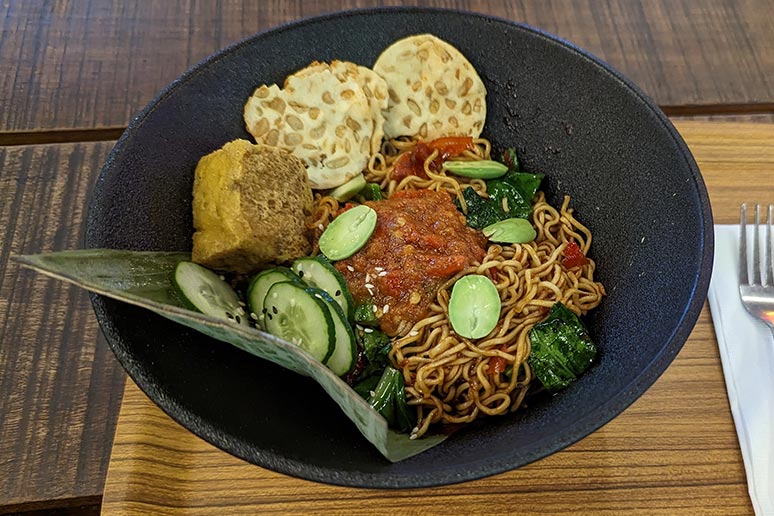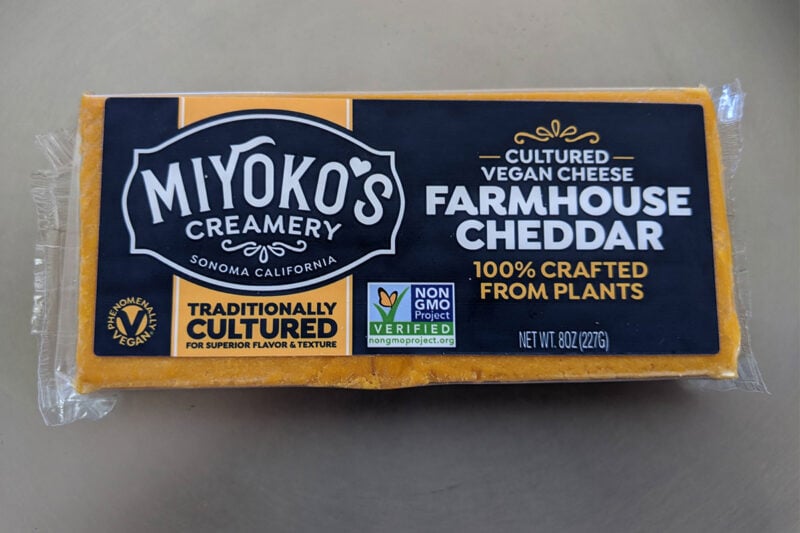Could you produce milk and eggs without killing the animals involved? In chapter 3 of Meat Market, I offered an extended analysis of why slaughter-free eggs would be extremely costly, and slaughter-free milk would be all but economically impossible.
But now a UK company is offering what it bills as, “Ahimsa Slaughter-Free Milk,” for the low, low price of just $3.65 a liter—less than triple the price of organic soy milk.
I have grave doubts that the dairy in question can deliver truly slaughter-free milk at anything close to this price. Let’s take a closer look.
When you buy regular milk, whether organic or conventionally produced, the price of the milk reflects the dairy’s past costs: breeding a cow, raising her, feeding her, and otherwise providing (either well or poorly) for her physical and emotional needs. Whether the cow that produced your milk will be a productive milker for years to come or whether she’ll be carted off to slaughter tomorrow is irrelevant to the price of your milk: if she keeps producing milk, her future feed and housing costs will be paid by future milk drinkers; and if she’s sent to slaughter tomorrow that too will produce income for the dairy.
Slaughter-free milk, by contrast, is based on an entirely different economic model. Not only does your milk dollar pay for the past cost of raising the cow and bottling her milk, it pays for the future costs of her retirement, along with the decent treatment of each of her calves. The article doesn’t state how many calves each cow has, but I’ve got to think each cow will produce at least four calves , and that she herself will spend at least ten years in retirement before dying of natural causes.*
Start thinking about the feed, veterinary costs, and housing costs involved and it’s clear that the future financial obligations entailed by a glass of slaughter-free milk dwarf its production costs. And that goes double if the cows are receiving high-quality veterinary care, and are given spacious accommodations during their productive lives and their retirements. Now also consider that at four calves per cow, two of those calves will be males. Are they really going to give these two males accommodations and veterinary care for their natural twenty year lives? And can they really do all this for anything close to $3.65 a liter?
I admire the sentiments behind this effort, and the desire to give milk drinkers a way to enjoy their dairy without contributing to animal abuse. But I don’t see how, at these prices, it’s anywhere near possible. Sure, they can do it today, tomorrow, and next week. But for every year they’re in business, they’re accruing substantial new obligations for the next two decades.
Unless there is a charity behind this dairy subsidizing the future financial obligations entailed by this milk, and the quantities of milk available for sale are extremely limited, I fear that what we have is a noble sentiment wrapped up in a business plan that could have been written by Bernie Madoff.
I’m betting that, now and in the future, the only widely available slaughter-free milk will be made from soy, rice, or almonds. (Via Lymbery.) Link.
—
*At conventional and organic dairies, cows are generally impregnated once a year in order to maximize milk yields. So I think four pregnancies under this slaughter-free model would be on the low side of what we should expect. Additionally, cows can live more than twenty years, so we’re looking at a period of at least a decade in which each cow is likely to be retired from milk production.

